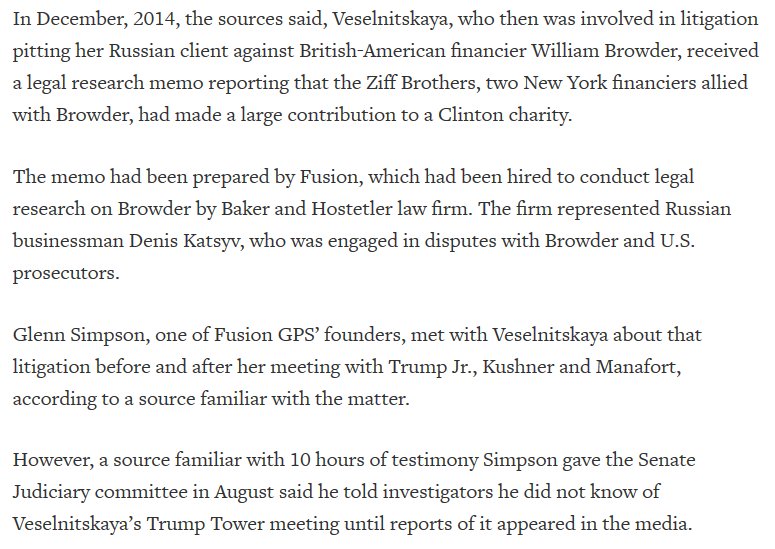Bombastic rhetoric against Iran. Need to be smarter, more sophisticated, more strategic.
Worth reminding is the situation Iran found itself facing prior to the Joint Comprehensive Plan of Action – aka the Iranian Nuclear Deal.
state.gov/e/eb/tfs/spi/i…
This was a crucial step.
nytimes.com/2010/03/09/sci…
un.org/sc/suborg/en/s…
Iran shall not undertake any activity related to ballistic missiles capable of delivering nuclear weapons, including launches using ballistic missile technology.
The Act tightened U.S. sanctions against firms investing in Iran’s energy sector and imposed new sanctions on companies selling refined petroleum to Iran.
treasury.gov/resource-cente…
europa.eu/rapid/press-re…
nationalreview.com/corner/iran-go…
nytimes.com/2011/06/09/wor…
gpo.gov/fdsys/pkg/PLAW…
nytimes.com/2012/01/24/wor…
reuters.com/article/us-ira…
But here’s the thing.
Those sanctions were rapidly taking their toll. The Iranian economy was coming under serious pressure.
The official unemployment rate jumped to 14% in the Spring of 2012.
Ultimately, Iran’s GDP shrank by 9% between March 2012 and March 2014.
iranprimer.usip.org/blog/2015/may/…
U.S. Treasury said sanctions cost Iran $160 billion between 2012-2015.
More than $120 billion in Iranian reserves held abroad were inaccessible.
"In the first ten months of 2012, the Iranian currency, the rial, lost more than 80% of its exchange value. In a single day, on October 1, 2012, it dropped by 15%."
gatestoneinstitute.org/3597/iran-rial…
Inflation in Iran would peak at 39.3% in 2013.
Iran was under enormous economic pressure.
iranprimer.usip.org/blog/2015/may/…
cbsnews.com/news/iaea-repo…
foreignpolicy.com/2012/01/11/the…
If Iran decides to produce weapons-grade uranium from 20% enriched uranium, it has already technically undertaken 90 percent of the enrichment effort required.
Using 20% enriched uranium as a feed, 250 kg can be turned to weapons-grade material in a month’s time.
By late 2012 Iran had produced enough 20 percent enriched uranium to produce weapons grade uranium in roughly one month.
In other words, Iran already had weapons grade uranium capability in 2012.
Iran’s 2012 ballistic missile capability was outlined in a December 6, 2012 Congressional Report, Iran’s Ballistic Missile and Space Launch Programs.
fas.org/sgp/crs/nuke/R…
It is increasingly uncertain whether Iran will be able to achieve ICBM capability by 2015.
Iran has found it increasingly difficult to acquire certain critical components and materials because of sanctions.
ICBM’s were simply not attainable.
Iran had achieved 20 percent-enriched uranium production.
Stockpiles were now sufficient to produce weapons-grade uranium.
Iran was facing intense International pressure regarding its nuclear ambitions.
Iran’s ballistic missile technology was lagging, underfunded and component constrained due to sanctions.
Sanctions were costing Iran tens of billions each year.
Iran had no access to significant overseas cash reserves.
Rouhani was a former nuclear negotiator.
Three days after his inauguration, Rouhani called for the resumption of negotiations with China, France, Germany, Russia the United Kingdom, and the United Sates.
Talks began in October 2013 in Geneva.
Congress had been pushing for further TIGHTENING of sanctions in front of negotiations.
Obama’s sanction relief was significant.
defenddemocracy.org/media-hit/the-…
Iran’s economy began to recover almost immediately. Iran’s GDP grew 3% in 2014. Inflation fell from 39% to 17%.
defenddemocracy.org/media-hit/with…
On July 14, 2015, the US, Russia, China, UK, France & Germany reached an agreement with Iran.
The JCPOA lifted all economic sanctions and allowed Iran to access $120 billion in reserves held abroad.
Critical nuclear, arms, and ballistic missile restrictions disappear over 5-15 year period.
Iran must simply abide by the agreement to emerge as a threshold nuclear power with an industrial-size enrichment program.
defenddemocracy.org/media-hit/dubo…
"For eight years the ballistic missile restrictions will remain in place."
This assertion was repeatedly put forth by the Obama Administration.
But several notable changes were made to the language on ballistic missiles.
Iran is Called Upon not to undertake any activity related to ballistic missiles Designed to be Capable of delivering nuclear weapons,
Called upon. Designed to be capable.
"Iran shall not undertake any activity related to ballistic missiles capable of delivering nuclear weapons."
Since the conclusion of the JCPOA, Iran has launched as many as 23 ballistic missiles.
defenddemocracy.org/content/upload…
"Mr. Kerry described an Iranian capability that had been neutralized; the Iranians described a nuclear capability that had been preserved."
It's economy was in tatters.
Iran’s missile technology lagged far behind.
Iran negotiated with willing counterpart in Obama Admin & emerged with Nuclear Program slowed–but essentially intact.
Iran could rebuild its economy and focus on what it lacked.
A reliable nuclear weapons delivery system.
Almost seems intentional...
Brennan: Smarter, more sophisticated, more strategic…
/End
An article version of Iran Nuclear Deal thread - w/updates.
themarketswork.com/2018/07/26/oba…



